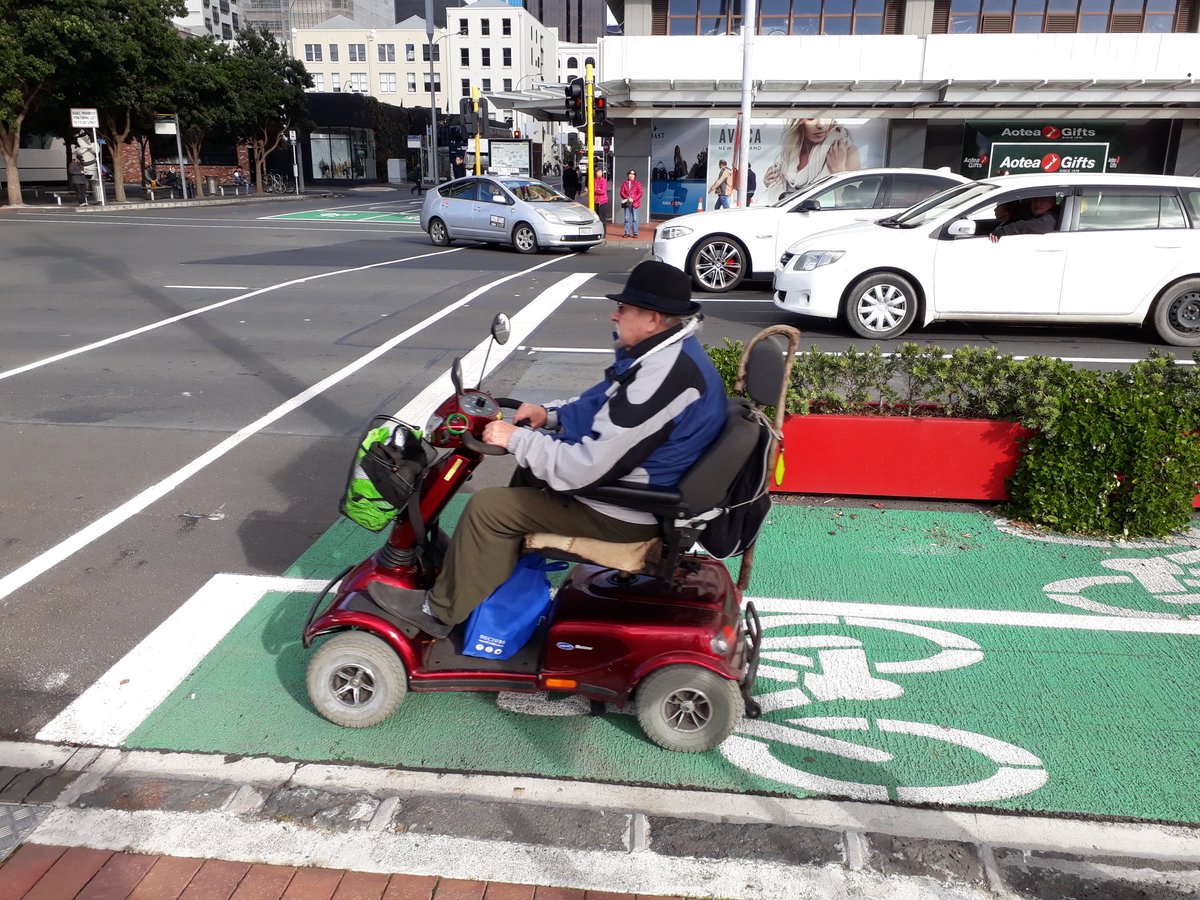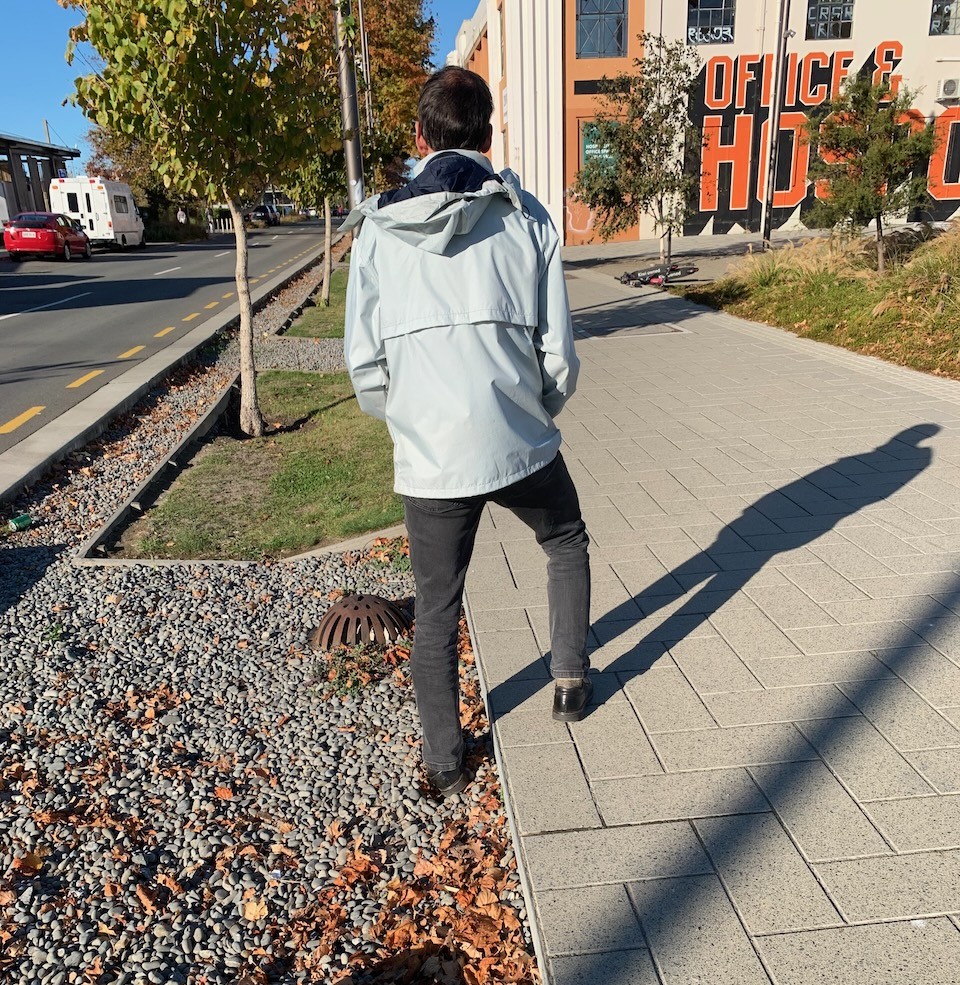Accessibility auditing
Where presented / published:
Palmerston North Disability Reference Group meeting, 31 March 2025.
Enhancing Accessibility: Gathering Information to Improve Streets and Paths
At Palmerston North City Council (PNCC), ensuring that streets and paths are accessible for people of all ages and abilities is a key priority. To achieve this, it is essential to gather accurate and insightful data on accessibility challenges. John, an experienced Transportation Planner, recently presented to the Palmerston North Disability Reference Group on the topic of Accessibility Auditing in Transportation.
John has worked at PNCC on two separate occasions, from 2005 to 2008 and again from 2016 to 2018. Throughout his career, he has collaborated with disability advocates and experts to enhance transportation networks for everyone. His broader experience, along with that of ViaStrada, includes contributions to NZTA's Pedestrian Network Guidance, which involved input from external disability advocates. Additionally, he has engaged in peer reviews of NZTA's public transportation design guidance, particularly regarding bus stops. He also facilitated the sharing of expertise by inviting one of the foremost experts in universal access to speak with members of the Transportation Group NZ.
John’s presentation outlined the key steps involved in accessibility auditing for streets and paths, focusing on understanding challenges and applying best-practice solutions. These steps include:
- Universal Design and its importance – Recognising the principles of universal design and ensuring that infrastructure meets the needs of all users.
- Understanding the range of needs – Acknowledging the diverse mobility and sensory requirements of different individuals, including people with disabilities, older adults, and parents with prams.
- Selecting the right tools – Utilising effective methods such as community street reviews and leveraging technology, including various apps, to assess accessibility barriers.
- Listening to community voices – Engaging directly with residents, advocacy groups, and experts to gain real-world insights and experiences.
- Applying best-practice knowledge to implement changes – Using data-driven analysis to prioritise improvements and ensure that changes align with the latest accessibility standards and guidelines.
By following these steps, transportation planners can make informed decisions about where to start improving accessibility in urban environments. The goal is to create an inclusive, user-friendly network that allows everyone to navigate the city safely and comfortably.




